Koh Nang Yuan, with its three small, lush islands linked by fine strips of white sand, is a picture postcard setting. On the island lies the Japanese Garden, a small bay with crystal-clear waters, lined with polished granite rocks. In the water you will see clownfish in their sea anemones, butterflyfish, clams, and shoals of parrotfish, but the coral bed is badly damaged.
This spot has been added by

Snorkeling Report's team
Last updated on
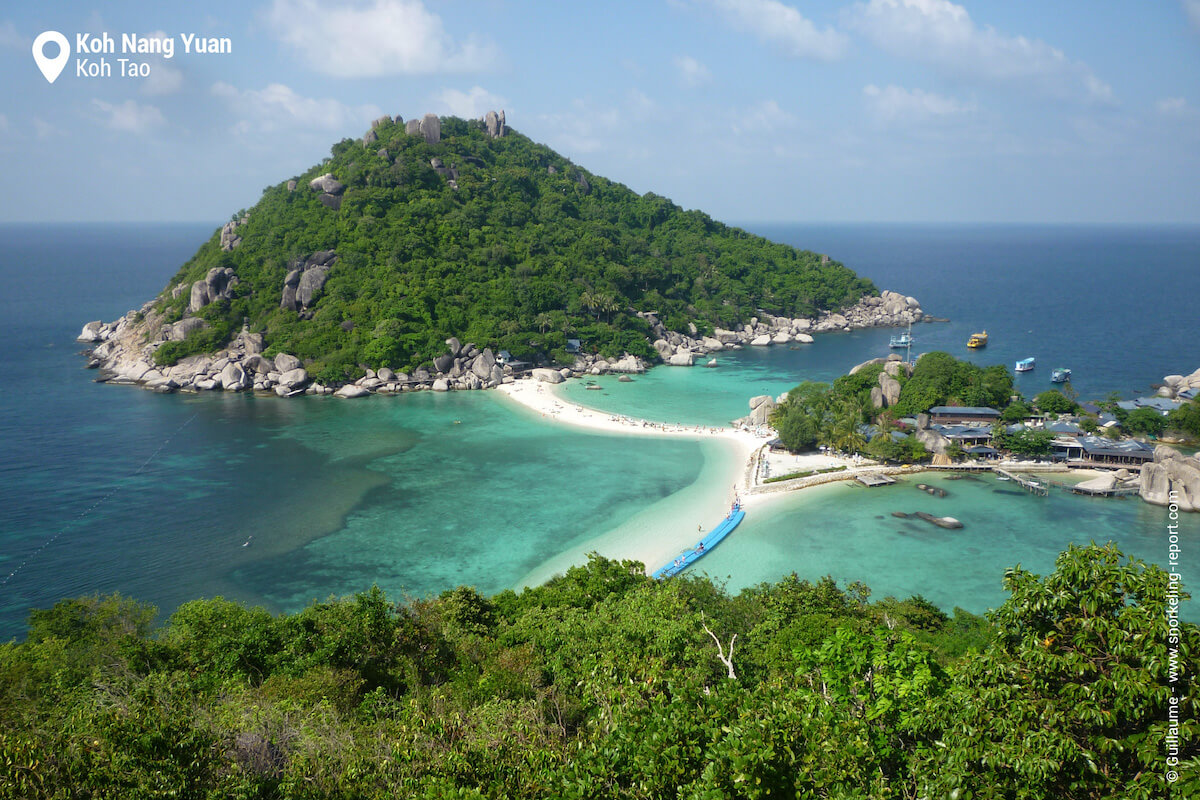
How to get to Koh Nang Yuan snorkeling spot?
Koh Nang Yuan is a few hundred yards off the northwestern coast of Koh Tao. A 100 bath pp. admission fee is charged on-site. Most snorkeling tours offered in Koh Tao include a stop at this spot, as well as others nearby snorkeling locations like Tanote Bay and Shark Bay.
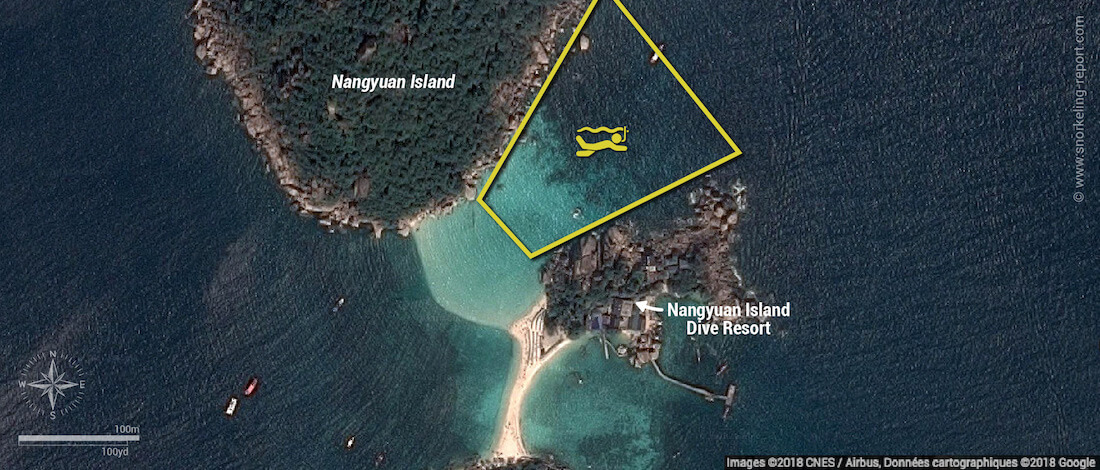
Water entrance for snorkeling Koh Nang Yuan
Get into the water from the small stretch of sand between the island where you landed and the northernmost island (see map above).
Koh Nang Yuan snorkeling exploration tips
Starting from the beach, you will first cross a few dozen meters of sandy bed, covered in places with pieces of broken coral (↕3-10ft/1-2m). Shoals of parrotfish and spinefoot feed in this area, raising clouds of white sand.
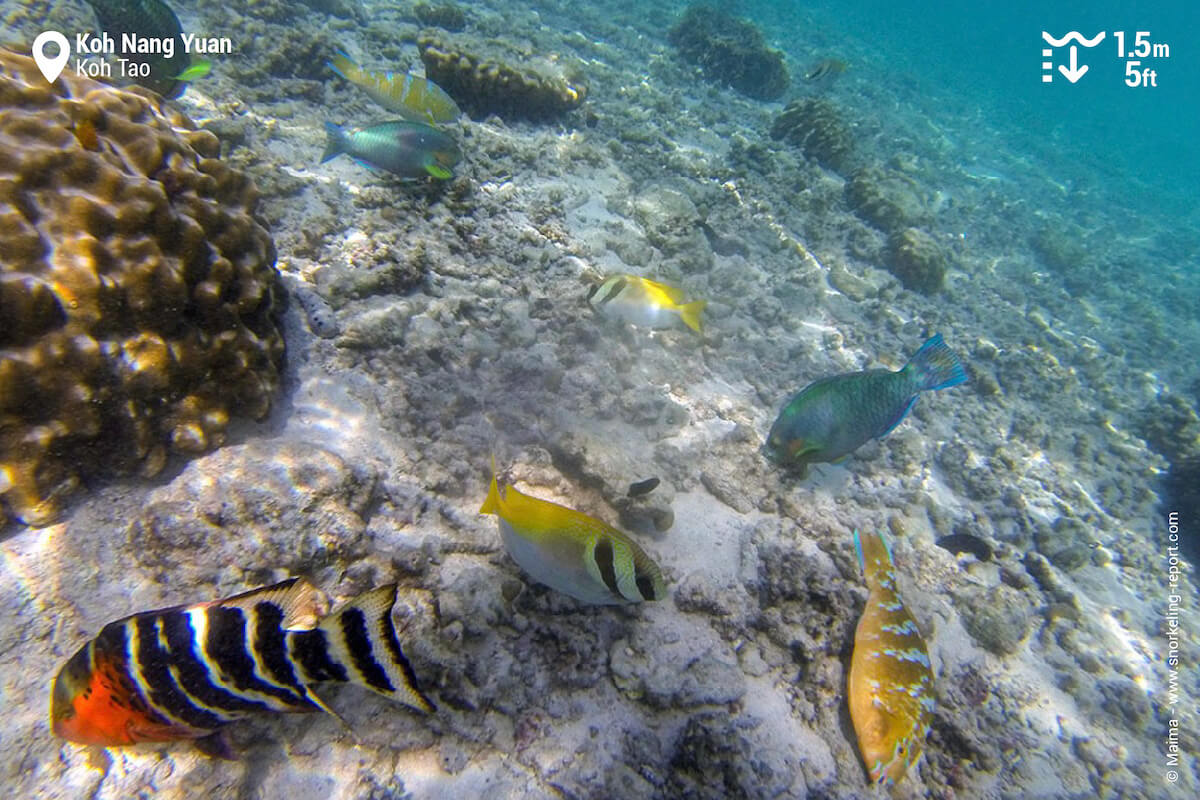
Swim further offshore to reach the reef areas (↕6-12ft/2-4m). Much of the coral is dead, but isolated patches remain, in particular heads of Porites, incrusted with multi-colored giant clams and Christmas tree worms.
A diversity of reef fish, including the pennant coralfish, the red-breasted wrasse and the bluebarred parrotfish, are easy to spot at this location.
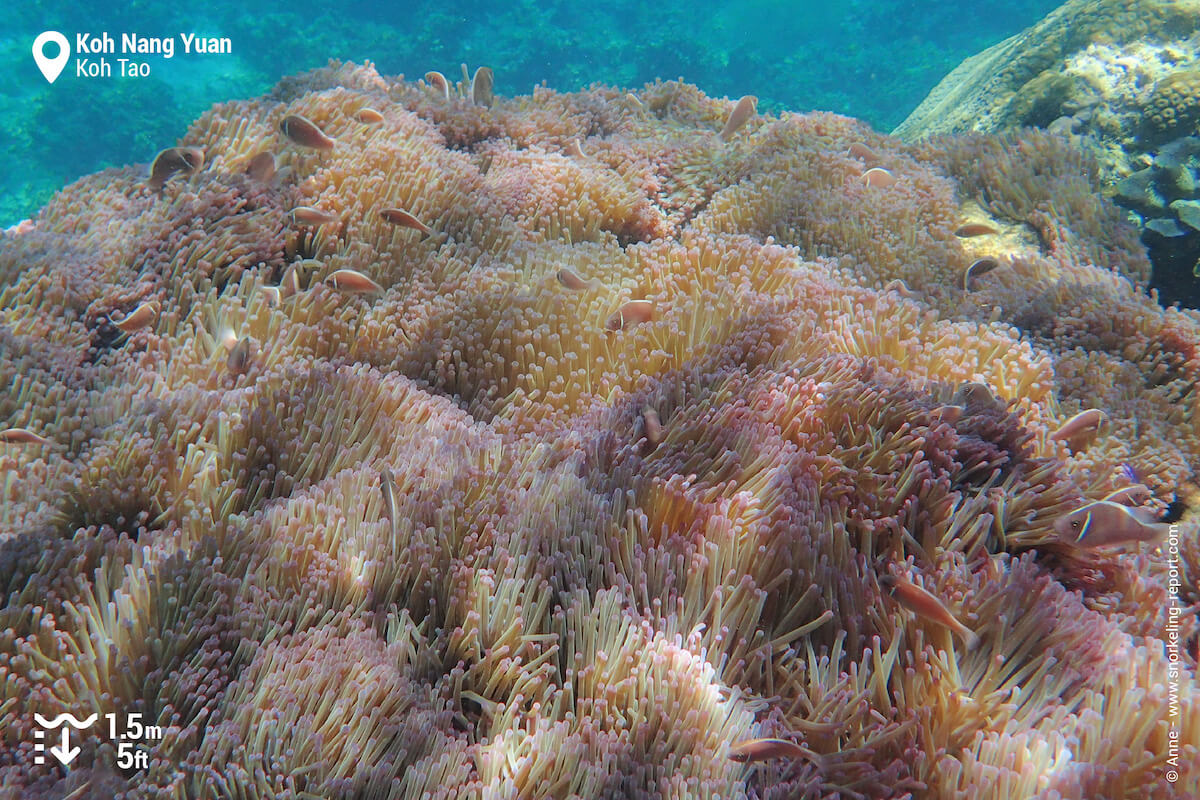
Look out for the large green and purple sea anemones living on the reef. Each of them is home to pink skunk clownfish, generally found nestled in the tentacles of their hosts.
In Koh Nang Yuan, the seabed is in very poor condition, which is the case for almost all the snorkeling spots nearby.
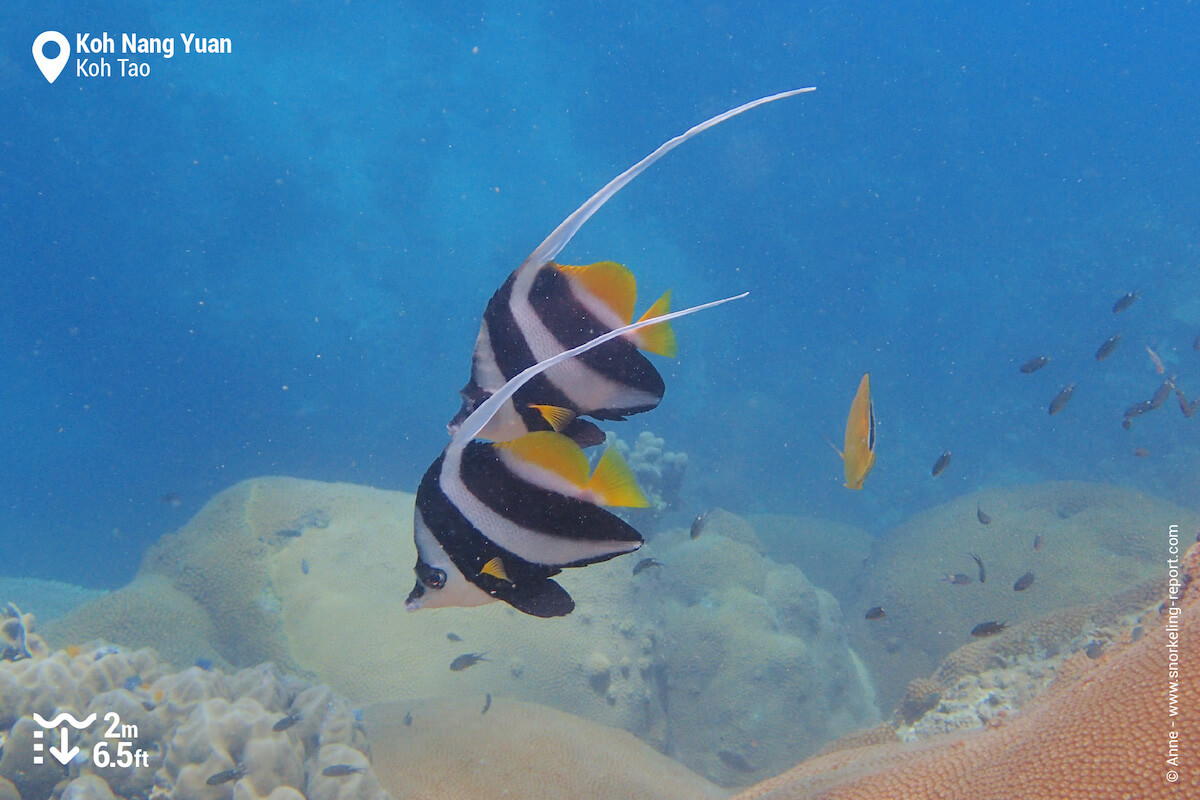
This spot is very popular with diving clubs, which come here for first dives. Make yourself visible if you plan to go more than a few hundred meters from the beach.
Restaurants and accommodation near Koh Nang Yuan
If you want to stay overnight on the island, you can rent a bungalow at Nangyuan Island Dive Resort. There is a restaurant and a bar near the beach.

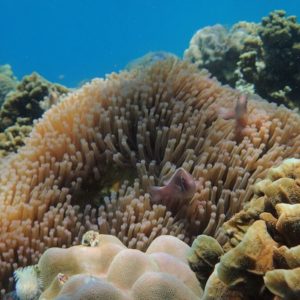
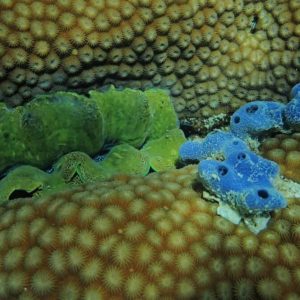
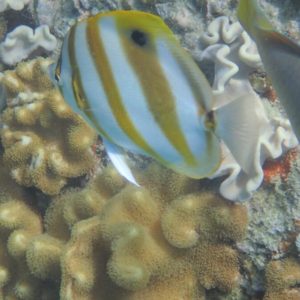

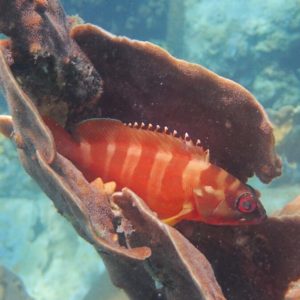
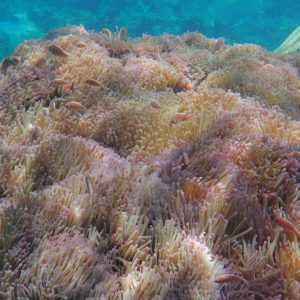
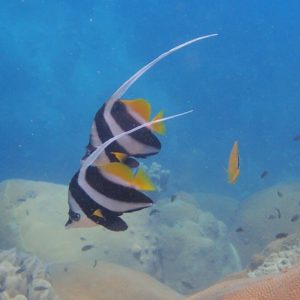
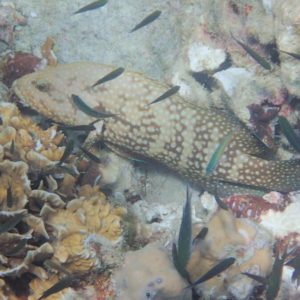
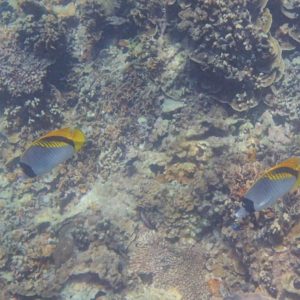
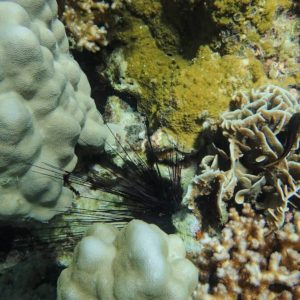
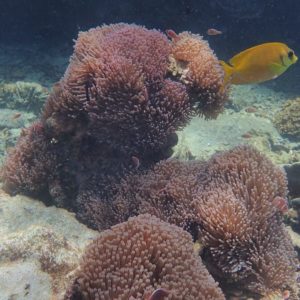
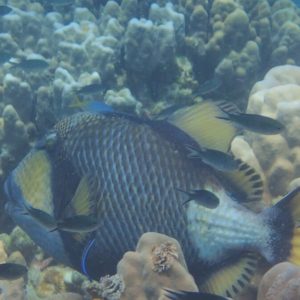
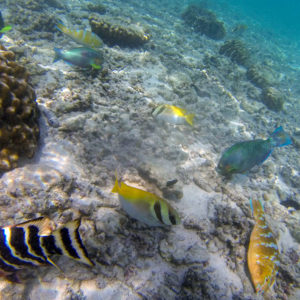
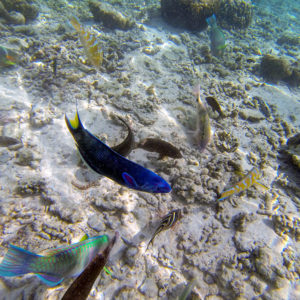
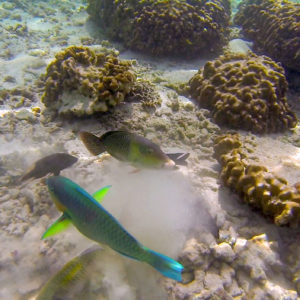
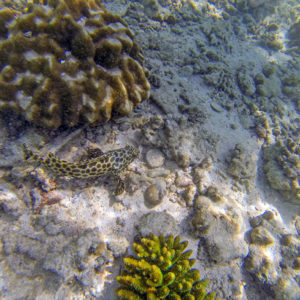
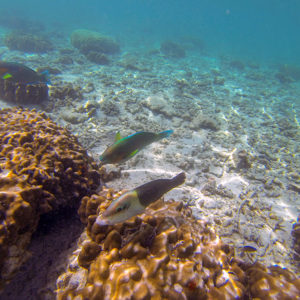
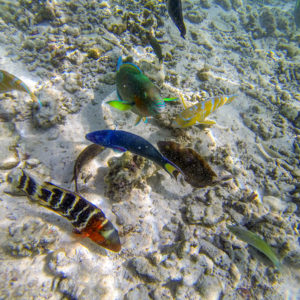
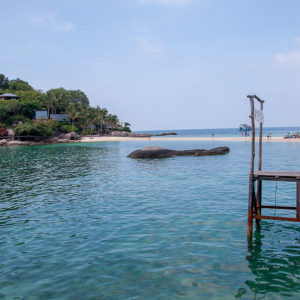
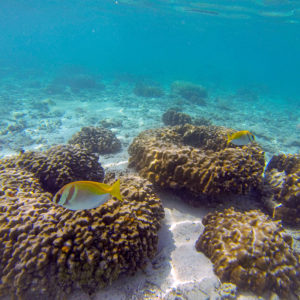
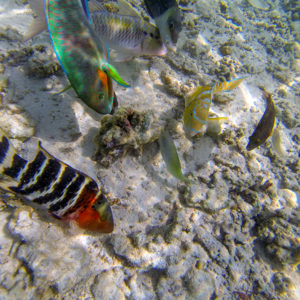
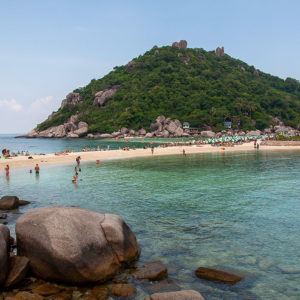
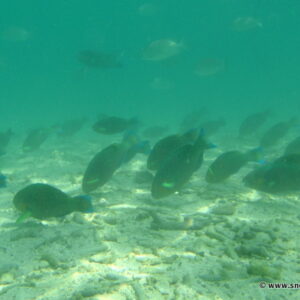
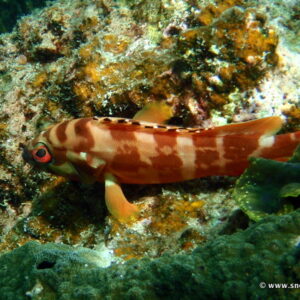
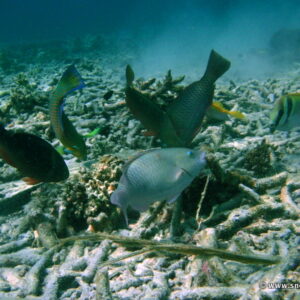
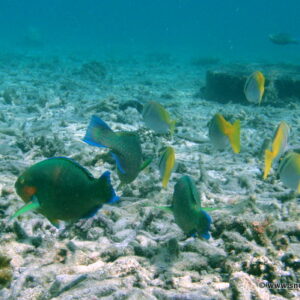
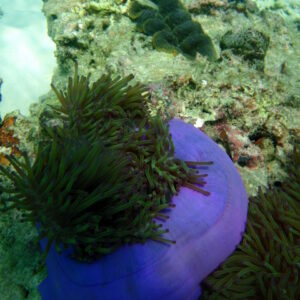
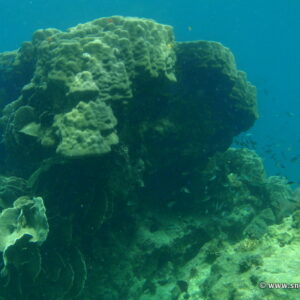
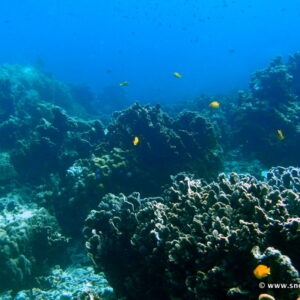
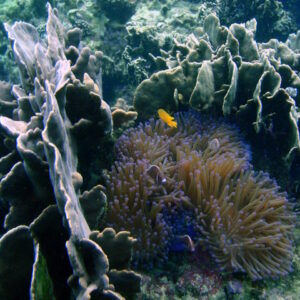
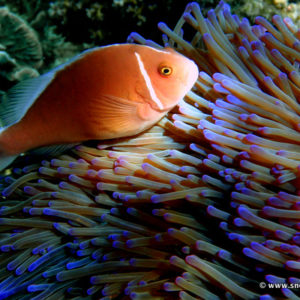
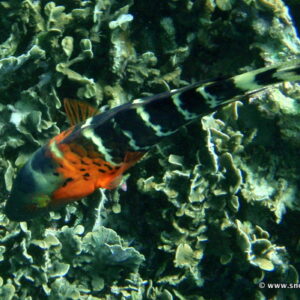
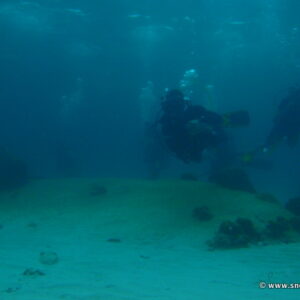
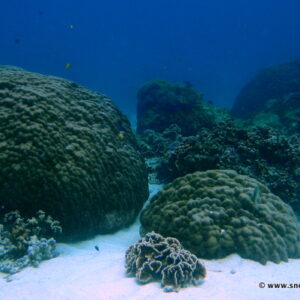
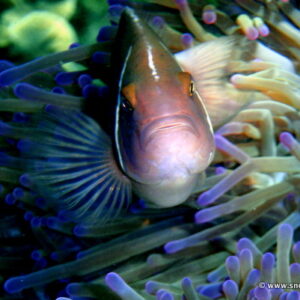
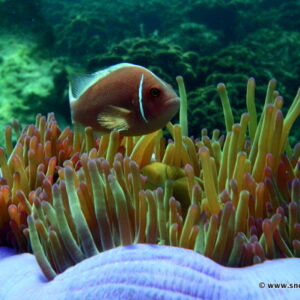
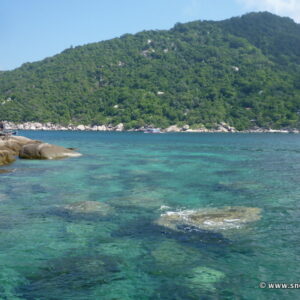
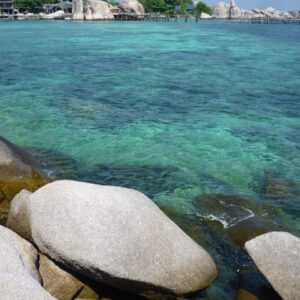
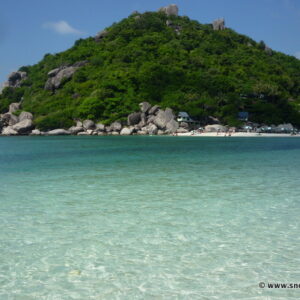
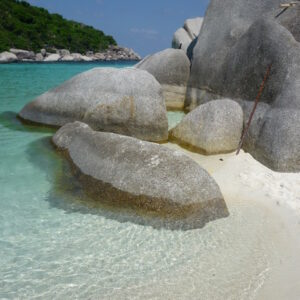
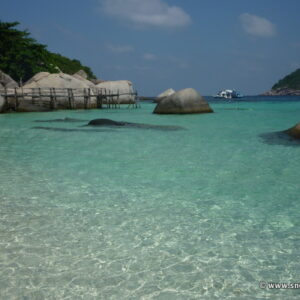
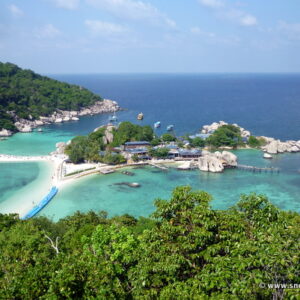
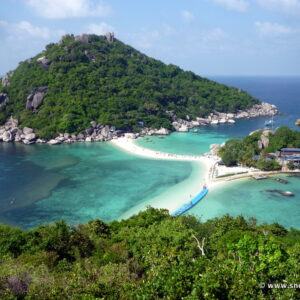
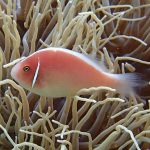
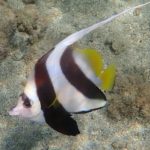
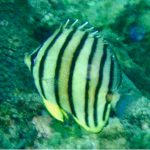
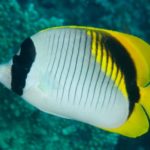
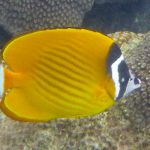
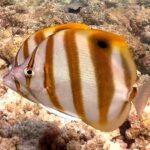
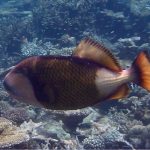
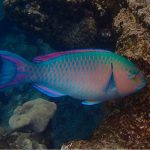
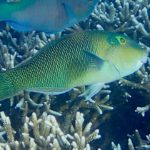
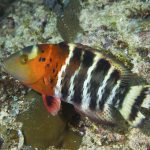
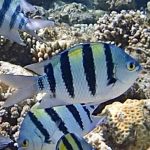
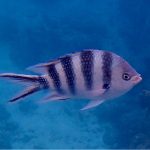
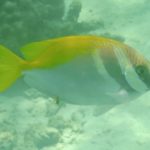
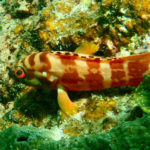
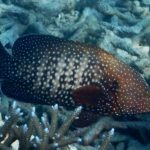
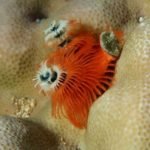
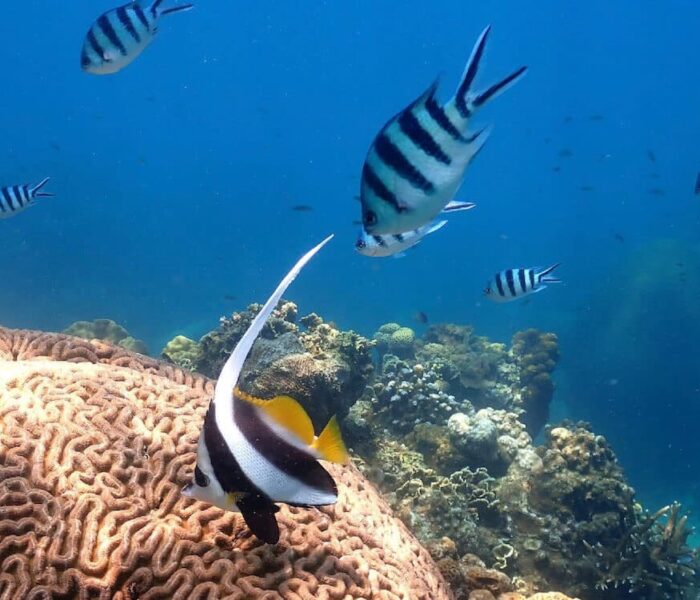
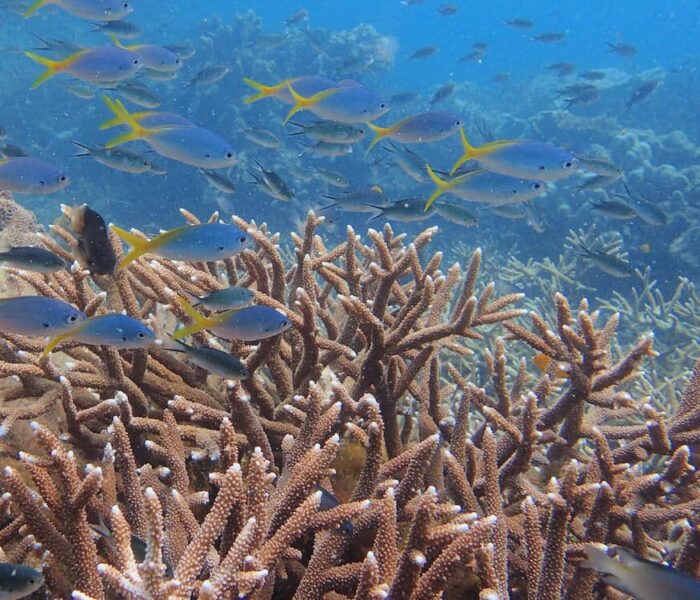
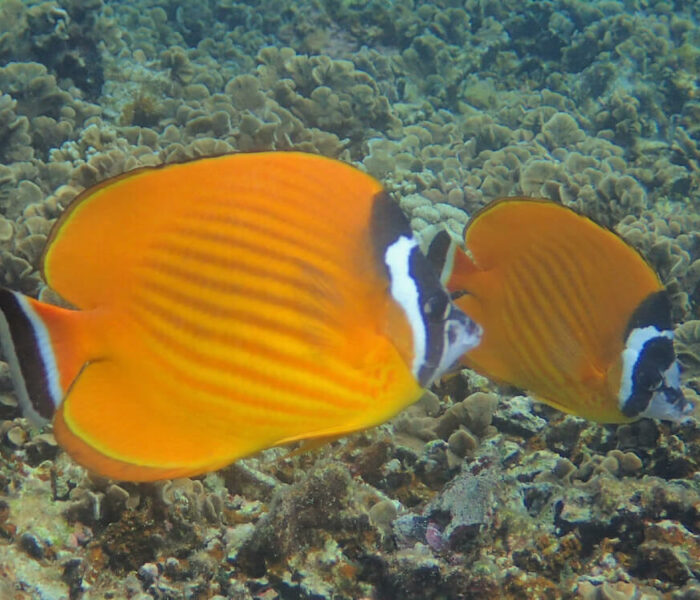
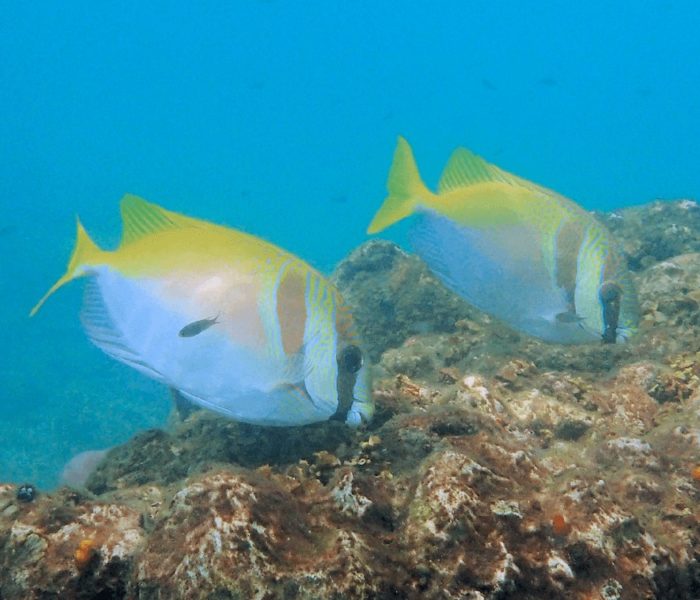
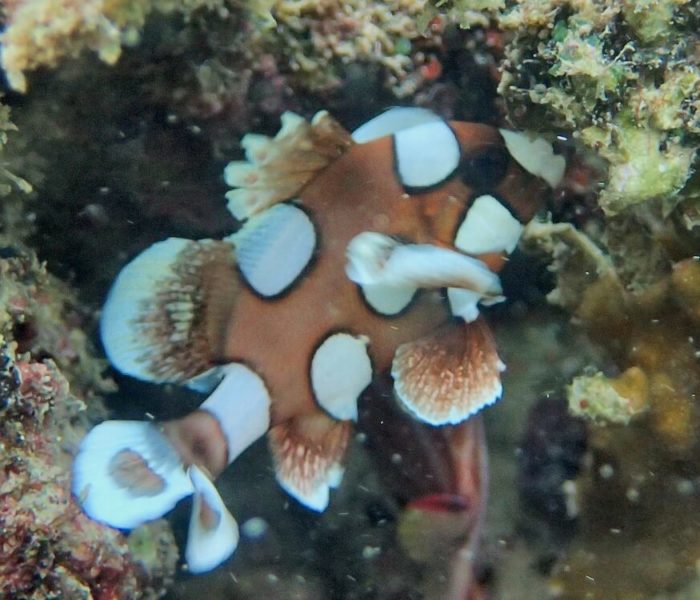
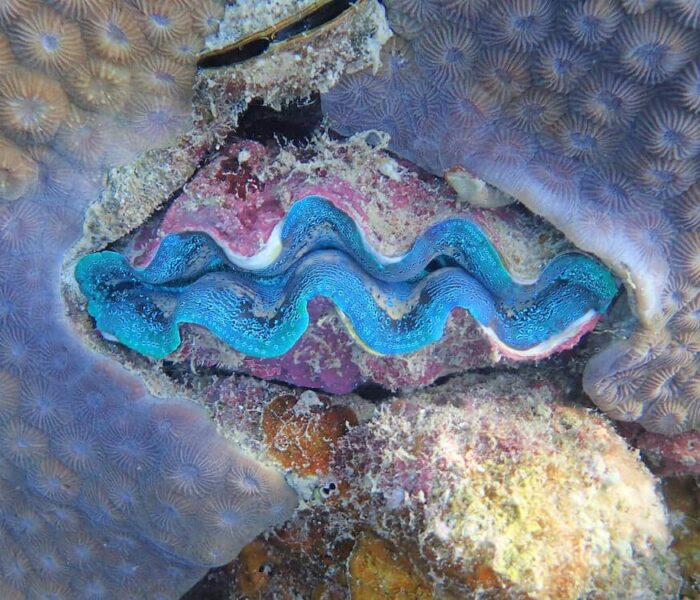
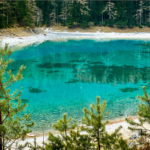
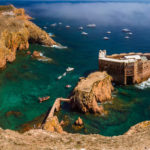
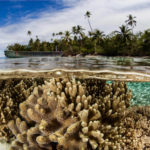
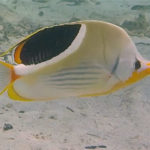
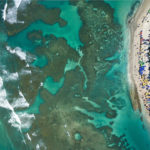
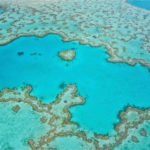
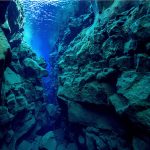
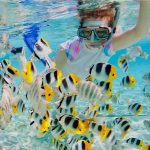
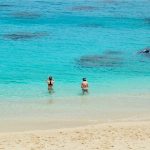
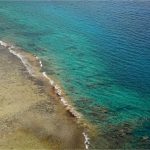
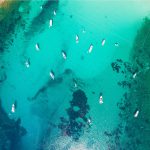
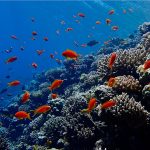
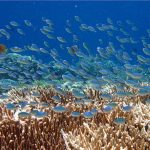

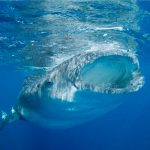
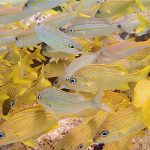
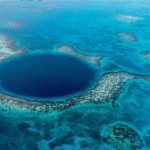
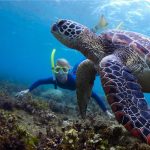
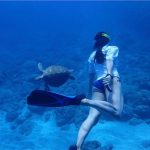
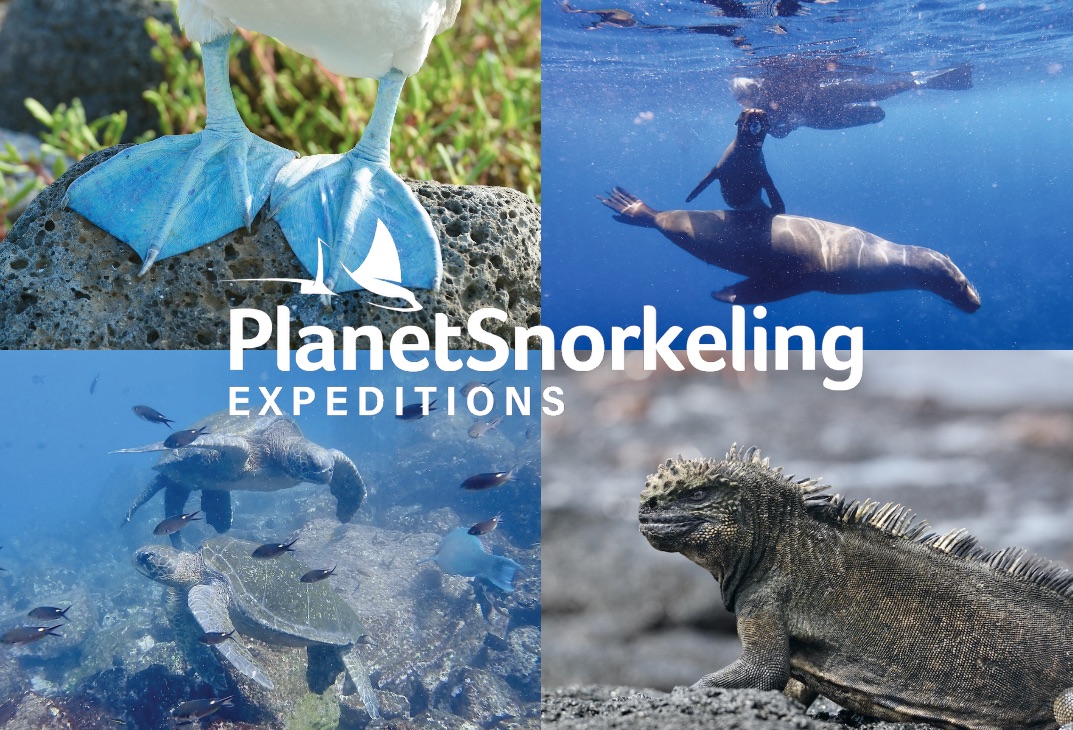
Been in Nang Yuan yesterday (1 aug 2019) during snorkel tour visiting 5 sites around Koh Tao. While the best of the 5 sites visited (Nang Yuan, mango bay, Hin Wong bay, Aow Leuk and Shark bay) still huge areas (>80%) are covered with dead coral seabed with Some islands of living coral. Lots of people standing on the coral! Reallifesoap sad…. go to Red Sea instead, is 10x better!
While the best of the 5 sites visited (Nang Yuan, mango bay, Hin Wong bay, Aow Leuk and Shark bay) on snorkel tour around Koh tao, huge areas (>80%) are covered with dead coral seabed with Some islands of living coral. Lots of people standing on the coral! Reallifesoap sad…. go to Red Sea instead, is 10x better!
I snorkeled here in June 2023. Much of the coral is dead, isolated patches remain – it is better further out beyond the buoy line for the boats. The usual local fish Species can be seen, but I did not see anything exceptional in over an hour.